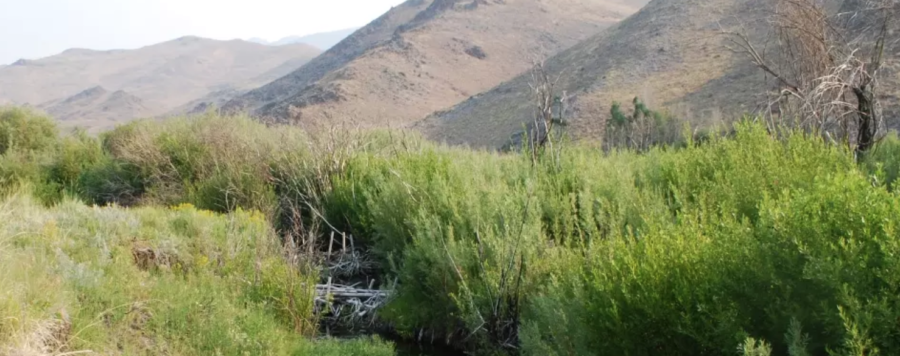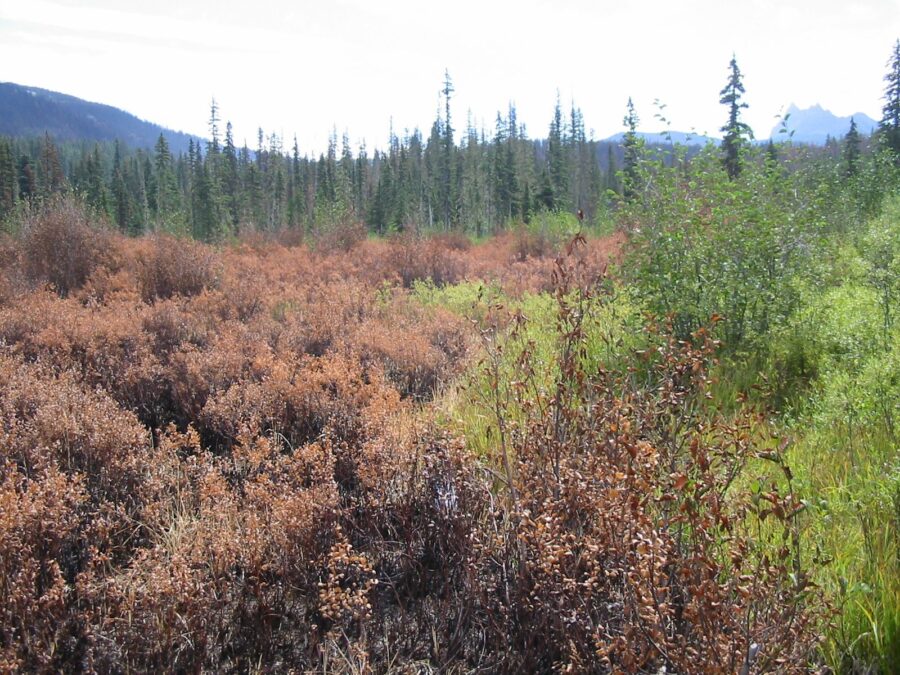Record-breaking wildfires between January and June burned an ecological foothold — and biodiversity haven — spanning across Brazil, Bolivia, and Paraguay this year, just four years after similar fires burned 13,300 acres of the preserve.
The Pantanal is considered the world’s largest tropical wetland area, the world’s largest flooded grasslands, and one of the most important areas of freshwater in the world.
NASA captured some of the intense fires’ burn scars in satellite imagery.
“Fire season in southern Brazil usually starts in July and peaks in August and September,” NASA said. “The false-color images emphasize the burn scars (brown) from several of the fires. Unburned vegetation is green. Near- and short-wave infrared bands help penetrate some of the smoke to reveal the hot spots associated with active fires, which appear orange.”

The repeated fires have left the environment in a state of constant recovery — and nearby communities are struggling.
“We were just trying to recover from the 2020 fire, which devastated our Pantanal. We had not fully recovered and now we are facing this again,” said a volunteer firefighter with the Baia Negra Environmental Protection Area’s Association of Women Producers.
A recent report from MapBiomas Brazil, a collaborative initiative including NGOs, universities, and technology companies, sheds light on a major cause of the fires: surface water loss.

The Pantanal is the biome in Brazil that has dried up the most between 1985 and 2023. The report said annual water surface for the area last year was just under 944,000 acres — only 2 percent of the wetland biome was covered by water. The total is reportedly 61 percent under the historical average. The area was 50 percent drier in 2023 than it was in 2018 when the area’s last major flood happened.
“In 2024, we didn’t have a flood peak,” said Eduardo Rosa with MapBiomas. “The year has seen a peak drought, which should last until September. The Pantanal in extreme drought is already facing fires that are difficult to control.”
The report also found that the entire Amazon region suffered a severe drought with a decrease of 8.2 million acres of water surface.
Up to 25% of Brazil’s native vegetation may be degraded
A new platform from the MapBiomas network shows that between 1986 and 2021 Brazil had between 11 and 25 percent of its native vegetation susceptible to degradation. This corresponds to an area ranging from 60.3 million hectares to 135 million hectares.

About 64 percent of Brazil — more than half the country — is covered by native vegetation. The beta version of MapBiomas’ degradation vectors platform makes it possible to generate unprecedented scenarios of the impact of factors that can cause degradation on native vegetation across Brazil.
“This is the first time that degradation can be assessed in a broader way and in all Brazilian biomes,” says Tasso Azevedo, general coordinator of MapBiomas. “But we know that this degradation process occurs in other types of cover, such as agriculture and pasture, as well as soils and water, where we also intend to advance with this information in MapBiomas in the coming years.”
➤ View the main highlights [PDF] of the Degradation module
The degradation vectors considered by the MapBiomas team in this first edition of the platform include the size and isolation of the native vegetation fragments, their edge areas, the frequency of fire and the time since the last burn, as well as the age of the secondary vegetation.
Pantanal: fire as a factor in degradation
In the Pantanal, the degraded area can vary from 800,000 hectares (6.8 percent) to 2.1 million hectares (almost 19 percent). Although it is a biome that coexists with fire, the incidence of fires in the last five years has meant that 9 percent of the Pantanal’s forest formations, which are fire-sensitive areas, have been damaged.
Eduardo Rosa with the MapBiomas’ Pantanal team says some of the vectors of degradation in the Pantanal beyond this analysis must consider the entire biome’s surroundings, since all the rivers that naturally irrigate the Pantanal plain are born in plateau areas. “The removal of native vegetation for agricultural and livestock expansion unprotects the soil and interferes with the distribution of water and sediment. The quantity and quality of water that reaches the plains also depends on dams and hydroelectric plants that alter the natural flow of water,” he says. “Climate issues relating to rainfall and temperature regulate droughts and floods, and the increase in periods of drought has hampered the resilience of the Pantanal ecosystem.”










